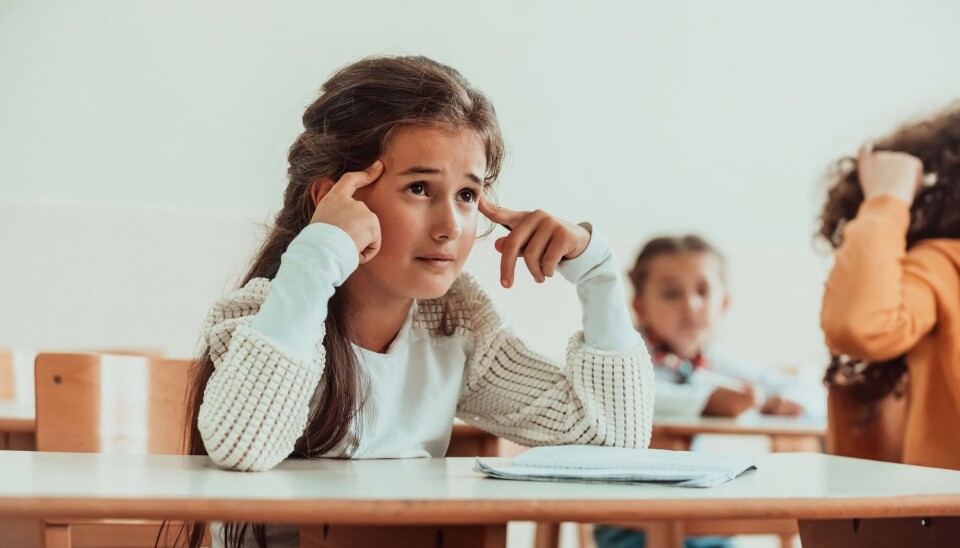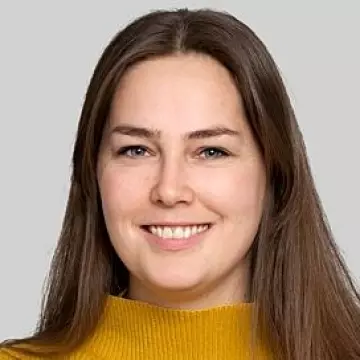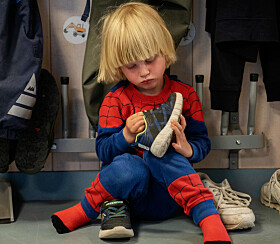
Anxious students need to face their fears; accommodations in school have gone too far, says researcher
Anxious students are permitted to avoid doing things they find uncomfortable by teachers. This is becoming a big problem in many schools, according to researcher.
“We adults have too little tolerance for children being uncomfortable,” Åshild Tellefsen Håland, a professor at the University of Agder, said during a recent event.
She has been researching what kinds of accommodations teachers make for anxious students.
“I’ve found an extensive fixing and facilitating culture among parents and teachers,” she said.
Håland believes that anxious students need to learn to feel discomfort.
“We need students to feel their anxiety, not make accommodations so that they don't feel it,” she said.
A lot of anxiety in Norwegian schools
Anxiety disorders are the most commonly diagnosed mental health concern among children and teens, according to the Norwegian Institute of Public Health.
Håland believes that far too many children and adolescents are not receiving effective help for these problems.
“My experience is that the competence to handle this situation in schools is low.”
Anxiety is one of the most researched issues in the world, Håland pointed out. Effective help is available, and the help she is referring to is cognitive behavioural therapy.
The crux of cognitive behavioural therapy is for patients to expose themselves to what they fear – in other words, the opposite of avoiding the fear.
This therapy has proven to be very effective for managing anxiety, according to Håland.
Another classroom or exemption from oral work
The paradox is that many parents and teachers choose to do the opposite of what the research shows, according to Håland, and instead shield students from what they are afraid of.
A common accommodation is to take students out of the classroom if they experience anxiety.
Other ways of accommodating students include making agreements that the student will not be asked questions in class, teaching individual students outside the classroom, exempting them from tests and exams together with others or exempting them from all oral activity.
Too much accommodating
“It’s a challenge for school when anxious students are met with an incredible number of possible accommodations,” said Håland.
The teachers feel the same way, according to the researcher.
They have given clear feedback that too much accommodation is made for anxious students, which consists of removing them from the situation that makes them anxious.
“Teachers spend an incredible amount of time on arranging to accommodate student needs. However, this is not a criticism of teachers, it is going on at the systemic level,” Håland said.
“These can be good solutions in the short term, but not in the long term.”
She pointed to studies, such as this one, which find that accommodations actually increase anxiety.

Several hundred teachers
Håland and her colleague Thomas Bjerregaard Bertelsen at Sørlandet Hospital have conducted a survey of primary schools in Kristiansand municipality, to which 244 teachers responded.
The teachers were asked 35 questions about the extent of accommodations for pupils who struggled with anxiety and what type of accommodation took place in the classroom.
“Teachers say that they largely help students avoid situations they fear. The students are typically exempted from oral presentations and physical education class, are taught outside the class or are allowed to leave the class whenever they wish. Teachers do tasks that are the student's responsibility, and they have also avoided tasks in the classroom because of students who struggle,” says Håland.
She believes it is too much to ask the teachers to handle this issue on their own.
“A teacher who has 30 pupils, six of whom have anxieties, has no chance of following up with them in a good way.”
It ends up being easier to simply give in to the students' fears and accommodate the desired change.
Difference between psychological problems and mental health disorder
According to Håland, the study is the first to examine the extent of accommodations in general for anxious students.
Previous studies have only looked at providing accommodations in school for pupils with an anxiety diagnosis. Most people who struggle with anxiety at school do not have an anxiety diagnosis, but the anxiety can still be bothersome and disabling.
What students are typically afraid of is raising their hand in class, giving oral presentations and doing physical education class.
The study has not yet been published in a scientific journal.
Support that works
Every municipality in Norway is obligated to provide treatment and support to people with mental health problems.
Some municipalities have their own mental health services for children and youth, but the services vary.
Some schools offer anxiety management courses, which are intended to be a low-threshold offering during school hours.
“Politicians say that low-threshold programmes are the solution,” said Håland.
But, she asks, what exactly does the course content entail?
“There is no point in bringing helpers into the school without training them how to use the tools effectively.”
Håland believes that what is missing is a strategy to reduce inappropriate accommodation for anxious students.
Low-threshold groups for anxiety are only rarely implemented in schools, according to Håland.
Want to influence
The goal for Håland and her colleagues is to ensure that help based on cognitive behavioural therapy is more accessible to children and teens and to prevent severe anxiety.
Håland has developed a coping course called Mini-RISK and a digital tool, e-RISK.no for students who struggle with anxiety.
“By spring 2024, Kristiansand will be the first municipality in the country to have implemented a low-threshold course for anxiety. It will be led by a social worker and health nurse in all the municipality’s schools,” she says.
The course must be available to all children and youth, regardless of which school they attend. The students work together in groups with their parents and school staff, says Håland.
And perhaps the most important thing: Practical training happens in the activities children and teens are most afraid of.
Practise raising hand and speaking in front of others
If the students are afraid to raise their hands, they practise this in smaller groups.
If they’re afraid to give presentations, they do it together with others in the group, and they make a point of practising with parents other than their own.
A study from 2022 shows positive results from the programme. Almost 87 per cent of the children and adolescents who had received help overcame all their anxiety diagnoses one year later.
Old news?
Psychologist and researcher Thomas Bjerregaard Bertelsen was also at the event.
He believes exposure therapy is old news, and that we can go all the way back to Sigmund Freud to find broad agreement that this therapy helps with anxiety.
“Isn't it a bit late to start talking about this now? Shouldn't we have talked about this before?” he asked.
An overarching question was posed at the end of the event: Are we understanding our youth to death?
“Maybe we’ve created a society where we feel for others too much and avoid the difficult things,” Dina von Heimburg said in response. She is a researcher at NTNU’s Department of Education and Lifelong Learning.
“Life can be difficult,” she says. “And often it has to be, in order to acquire the coping skills we need.”
———







































